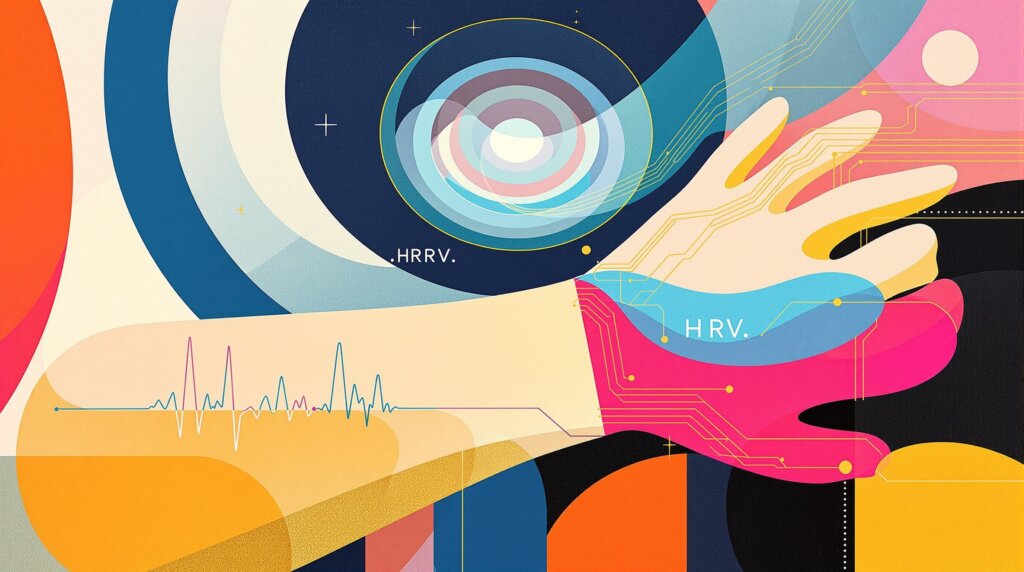The Miniaturized Medical Lab on Your Finger
Smart Ring Technology in 2025
Smart rings represent one of the most sophisticated achievements in wearable health technology, packing an array of medical-grade sensors into a device smaller than a traditional wedding band. These compact devices have emerged as a discreet yet powerful alternative to bulkier wearables, offering continuous health monitoring without the conspicuous presence of larger devices. While the technology is impressive, it’s worth noting that the miniaturization process often presents unique engineering challenges that manufacturers are still working to perfect.
The rise of smart rings reflects our growing understanding that effective health monitoring doesn’t require large, obtrusive devices. Instead, strategic sensor placement and advanced algorithms can deliver meaningful insights from surprisingly small form factors. However, this convenience sometimes comes with trade-offs in battery life and sensor variety compared to larger wearables.

Understanding the Core Sensor Technologies
Photoplethysmography: The Heart of Smart Ring Monitoring
At the center of most smart ring functionality lies photoplethysmography (PPG) technology, a sophisticated optical sensing method that may seem almost magical in its simplicity. PPG sensors use tiny light-emitting diodes (LEDs) and photodetectors to measure changes in blood volume within the microvascular tissue of your finger. When your heart pumps blood, it creates subtle variations in the amount of light absorbed by your tissue, which the sensor can detect and analyze.
The finger placement offers distinct advantages for PPG sensors compared to wrist-based alternatives. The rich capillary bed in fingertips often provides cleaner, more reliable pulse wave signals, though this isn’t always guaranteed across all users or conditions. This superior signal quality enables smart rings to track heart rate with impressive accuracy, monitor heart rate variability (HRV) for stress assessment, and measure blood oxygen saturation (SpO2) levels.
What makes PPG particularly valuable is its versatility. The same sensor technology that tracks your resting heart rate can also detect subtle changes in blood flow patterns that may indicate stress, illness onset, or recovery status. However, factors like skin tone, ambient temperature, and even nail polish can sometimes affect the accuracy of PPG readings.
Motion Sensors: Decoding Your Daily Patterns
Smart rings incorporate sophisticated motion sensing capabilities through miniaturized accelerometers and gyroscopes. These sensors continuously monitor movement patterns, capturing everything from obvious activities like walking or running to subtle movements during sleep. The challenge lies not in detecting motion, but in interpreting what that motion means for your health and well-being.
Sleep tracking represents one of the most impressive applications of motion sensor technology in smart rings. Advanced algorithms analyze movement patterns alongside physiological signals to estimate sleep stages with accuracy rates that can reach up to 96% under optimal conditions. The system looks for the characteristic stillness of deep sleep, the subtle movements of REM sleep, and the transitional patterns of light sleep phases.
While these accuracy statistics are impressive, it’s important to understand that sleep stage detection remains an estimate rather than a clinical measurement. Environmental factors, individual physiology variations, and even the fit of the ring can influence the reliability of these readings.
Temperature Monitoring: Your Body’s Thermal Signature
Temperature sensors in smart rings provide continuous skin temperature monitoring, offering insights that extend far beyond basic fever detection. These sensors can track subtle temperature variations that may indicate the onset of illness, changes in your circadian rhythm, or shifts in your body’s recovery status. The continuous nature of this monitoring often reveals patterns that occasional thermometer readings might miss.
However, skin temperature doesn’t always correlate perfectly with core body temperature, and factors like ambient temperature, clothing, and even emotional state can influence readings. The value lies more in tracking trends and changes over time rather than absolute temperature measurements.
The Engineering Marvel: Power and Processing
System Architecture and Energy Management
The engineering behind smart rings involves sophisticated system-on-chip (SoC) architectures that balance processing power with energy efficiency. These miniaturized computing systems must continuously process sensor data, run AI algorithms for pattern recognition, and maintain wireless connectivity—all while consuming minimal power to achieve multi-day battery life.
Bluetooth Low Energy (BLE) technology enables seamless data transmission to companion apps while preserving battery life. The wireless communication protocols are optimized to send data efficiently, often batching information and transmitting during optimal conditions to minimize power consumption.
Perhaps most impressively, many smart rings now incorporate wireless charging capabilities using near-field communication (NFC) based technologies. This eliminates the need for charging ports that could compromise the device’s waterproofing, though it sometimes requires specific charging positions that can be less convenient than traditional plug-in charging.
Battery management systems in smart rings must be particularly sophisticated due to space constraints. The tiny batteries—often smaller than a watch battery—must power multiple sensors, processing units, and wireless transmissions for days at a time. This requires careful power scheduling and sometimes means that certain features may be limited during low-battery conditions.
From Raw Data to Actionable Insights
The Role of AI in Health Pattern Recognition
The true power of smart ring technology lies not just in data collection, but in the artificial intelligence and machine learning algorithms that transform raw sensor readings into meaningful health insights. These algorithms continuously analyze patterns in your physiological data, learning your individual baselines and identifying deviations that might indicate changes in your health status.
Modern smart rings employ edge AI processing, meaning some analysis happens directly on the device rather than requiring cloud processing. This approach offers faster response times and enhanced privacy, though it also places additional demands on the device’s limited processing power and battery life.
The AI systems look for subtle correlations that human analysis might miss—such as the relationship between your HRV patterns and sleep quality, or how your resting heart rate trends correlate with your activity levels and recovery status. However, these AI interpretations are not infallible and should be viewed as sophisticated estimates rather than medical diagnoses.
Privacy and data security considerations become particularly important given the intimate nature of continuous health monitoring. Reputable manufacturers implement encryption and secure data handling practices, though users should remain mindful of what health data they’re sharing and with whom.
Practical Applications and Future Innovations
Everyday Health Optimization and Medical Potential
Smart rings excel in everyday applications like fitness tracking, stress management through HRV monitoring, and sleep optimization. The discreet form factor makes them particularly suitable for continuous wear, enabling 24/7 health monitoring without the social or professional awkwardness that larger devices might present.
The medical potential of smart ring technology extends to remote patient monitoring and chronic disease management. Healthcare providers are increasingly interested in the continuous data streams these devices provide, though integration with medical systems remains limited and somewhat inconsistent across different healthcare networks.
Emerging sensor technologies promise exciting future capabilities. Non-invasive blood glucose monitoring, currently in development, could revolutionize diabetes management by eliminating the need for frequent finger pricks. Advanced PPG techniques and other optical sensing methods are being refined to estimate blood glucose levels, though this technology is still in relatively early developmental stages and faces significant technical challenges.
Future smart rings may incorporate expanded sensor arrays, enhanced AI capabilities, and deeper integration with Internet of Things (IoT) ecosystems. We might see rings that can detect environmental allergens, monitor hydration levels, or even track biomarkers related to aging and longevity—areas where devices like the blēo ring are already making significant strides in providing medical-grade accuracy without monthly subscription fees.
The Future of Personalized Health Monitoring
Smart ring sensors represent a remarkable convergence of advanced materials science, sophisticated algorithms, and miniaturized electronics. These devices demonstrate how complex health monitoring capabilities can be elegantly integrated into nearly invisible form factors, enabling continuous insights without disrupting daily life. While the technology continues to evolve and improve, smart rings have already established themselves as valuable tools for anyone serious about understanding and optimizing their health patterns. The key lies in choosing devices that prioritize accuracy, privacy, and actionable insights over flashy features—qualities that define the next generation of intelligent health monitoring.



